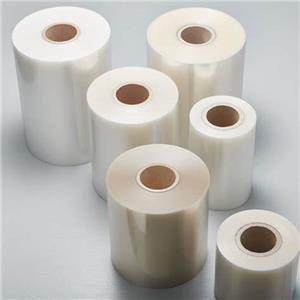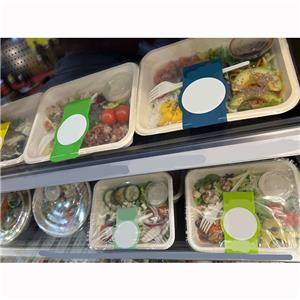How to Avoid PFAS
How to Avoid PFAS: Simple and Effective Tips for a Healthier Life
PFAS (per- and polyfluoroalkyl substances), also called “forever chemicals,” are found in many everyday products — from cookware to food packaging. These chemicals can accumulate in the environment and the human body, making it important to reduce exposure. Here’s how you can protect yourself and your family.
1. Choose PFAS-Free Cookware
Avoid using traditional nonstick pans that have a PTFE or Teflon coating. Instead, opt for safer alternatives like:
Cast iron
Stainless steel
Ceramic
Enameled cast iron
2. Avoid PFAS in Food Packaging — Choose Sugarcane Bagasse Tableware
PFAS are often used in grease-proof paper, takeaway containers, and microwave popcorn bags. These chemicals can migrate into your food and cause long-term health concerns.
✅ Better Alternative: Choose tableware made from sugarcane bagasse.
PFAS-free and fluorine-free: Sugarcane bagasse tableware is naturally made from plant fiber, and its coating contains no fluorine or PFAS.
Oil and water resistant: Thanks to its natural coating, bagasse tableware can hold hot foods, liquids, and oils reliably — making it ideal for meals, takeout, and deliveries.
Environmentally friendly and compostable: Unlike traditional plastic or fluorinated containers, bagasse products break down naturally and help reduce waste.
3. Check Your Drinking Water
PFAS can contaminate water supplies. Use a PFAS-certified water filter (such as activated carbon or reverse osmosis) and ask your local water authority for test results.
4. Be Mindful of Personal Care Products
PFAS can also be found in certain cosmetics and personal care items. Check labels for ingredients like:
“PTFE”
“Perfluoro-” or “fluoro-” chemicals
Avoid long-wear or waterproof formulations when possible.
5. Choose PFAS-Free Furniture and Textiles
PFAS are used in stain-resistant treatments for carpets, upholstery, and clothing.
Choose natural fabrics when possible and avoid products marked “stain-proof” or “water-repellent”.
6. Stay Informed
Check guides from trusted organizations like the Environmental Working Group (EWG) and support brands that actively work to eliminate PFAS from their products.
Final Thoughts
Reducing PFAS exposure doesn’t have to be overwhelming. By making a few smart swaps — like choosing sugarcane bagasse tableware, using PFAS-free cookware, and opting for natural fabrics — you can create a healthier, safer environment for yourself and your loved ones.




